0492 Saul (Ireland), Religion: St Patrick’s Day marks his death on this day, according to legend. The first St Patrick’s Day parade was held in New York City by soldiers of an Irish regiment in the British army in 1765. We saw the green river once in Chicago.
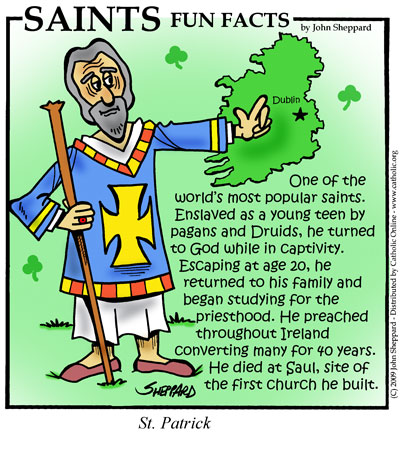
1521 Manila, History: Ferdinand Magellan reached the Philippines in a worldwide search for envelopes.

1845 A Bristol man, baker Henry Jones, patented self-raising flour. Its success within a year led to his appointment as purveyor to Queen Victoria. He had developed it as an alternative to the hardtack issued to British sailors, and spent years trying to convince the Admiralty to try it. Only when Florence Nightingale took up the cause did the Admiralty relent, and fresh bread became available on Royal Navy Ships.
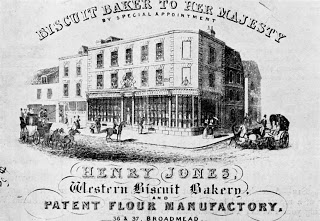
1901 Paris, Art: After his death seventy paintings by Vincent Van Gogh were exhibited and caused a sensation with their electric energy. His brother Theo had organised the display. A few examples of his work had been exhibited before in the Salon des Independents, but had hardly been noticed. Noticed they were this time. We saw a splendid and informative display of a few of his paintings in Chicago a time ago.

1960 Paris, Cinema: ‘À bout de souffle’ (‘Breathless’) directed by Jean-Luc Godard opened. The title refers to the final moments of the last scene.* It was the first of the Nouvelle Vague films and caused a sensation with its attractive nihilism. The dean of more reviewers Roger Ebert included it in his “Great Movies” list in 2003, writing that, “No debut film since Citizen Kane in 1942 has been as influential,” calling revolutionary its “headlong pacing, its cool detachment, its dismissal of authority, and the way its narcissistic young heroes are obsessed with themselves and oblivious to the larger society.” The film itself is obsessed with films and contains references to ‘Forty Guns,’ ‘Pushover,’ ‘Where the Sidewalk Ends’, ‘Whirlpool,’ ‘Bonjour Tristesse,’ ‘Maltese Falcon,’ ‘The Glass Key,’ and ‘The Harder They Fall.’ In its turn it has influenced innumerable subsequent movies.
*Belmando last line has driven cinemistas into frenzies of interpretation since. The translations are many and all I have seen miss the point, something that must have amused Godard since he was sure all critics were idiots. Jean-Paul Belmondo comments on the absurdity of life at the end, not on Jean Seaberg’s betrayal. That was to be expected. That’s my take on it.
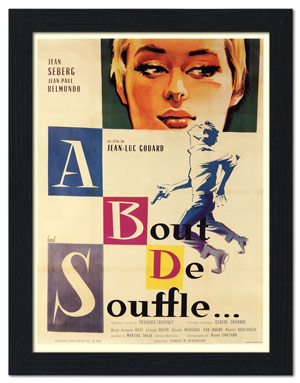
Category: Practice
16 March
1850 Boston, Literature: National Hawthorne published ‘The Scarlet Letter.’ In the popular culture this powerful foray in social criticism has been reduced to a soap opera. One of my students wrote a superb thesis on it.
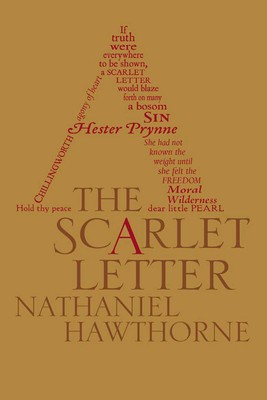
1861 Austin, Politics: Founder of Texas Governor Sam Houston refused to acknowledge the secession of Texas and was impeached. Upstairs in the Hall the firebrands voted to leave the Union in a wild scene, while downstairs Governor Houston sat reading Cicero. When presented with the bill, he refused to sign it. Back upstairs ran the democratically elected mob which ousted him for a more compliant alternative. A biography of Houston is discussed elsewhere on this blog.
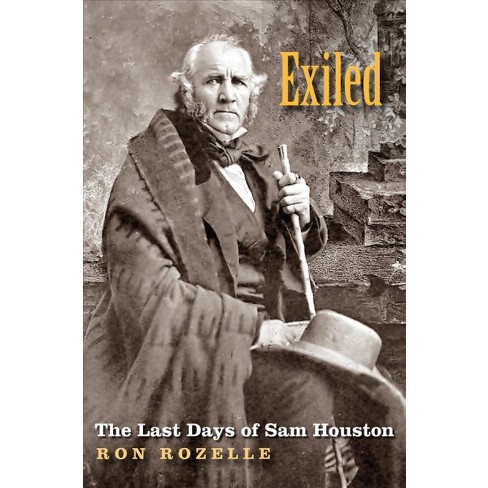
1867 Glasgow, Medicine: Quaker Joseph Lister published a manual on antiseptic surgery in ‘The Lancet.’ He became a surgeon though his medical education was limited by prejudice and barriers against godless Quakers. His innovations were widely disparaged by other surgeons. But the survival rate of patients led to a demand his services. This demand led other surgeons to apply his methods. Thank you Dr Lister.

1900 Heraklion (Crete), History: Arthur Evans found the bronze age city of Knossos, home of the legendary Minotaur. Discoveries there re-wrote much of ancient history in Linear B. It remains Europe’s oldest city tracing back to 7000 BC.
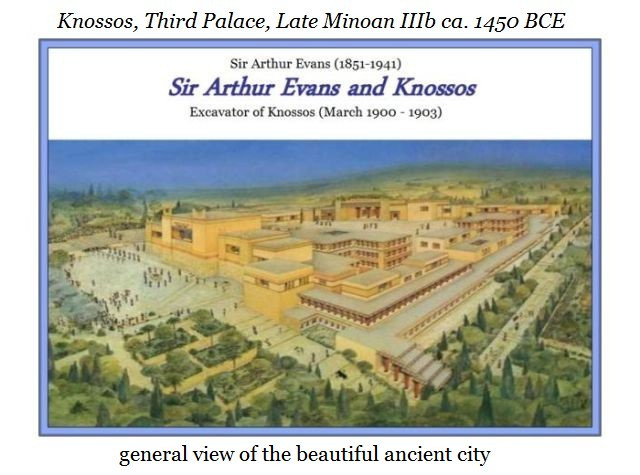
1926 Auburn (MA), Technology: Robert Goddard launched the world’s first liquid-fuel rocket. Its flight of a few seconds reached 40 feet. Inspired by H.G. Wells stories Goddard had been experimenting with rockets for years using gunpowder. This flight was made while he was a PhD student at Clark University. At times the Smithsonian funded his research into methods to reach the stars. One of the rocket facilities at the Johnson Space Center in Houston is named for him which we saw a few years ago.

15 March – The Ides.
44 Julius Caesar was assassinated. There is a discussion of Cicero in a book review elsewhere on this blog.
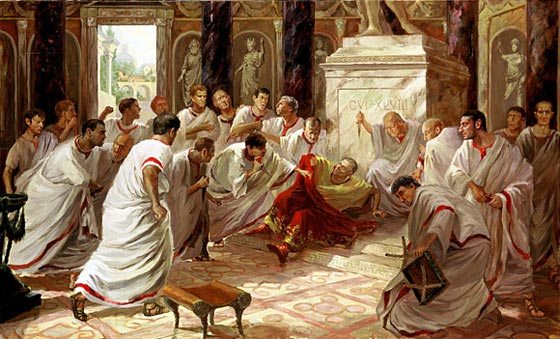
1778 Vancouver, History: Captain James Cook sailed into Nootka Sound and charted Vancouver Island. To confuse matters the city of Vancouver is not on the island of that name. Victoria, the provincial capital, is on the island, while Rain City Vancouver is on the mainland. Been to Vancouver many times.
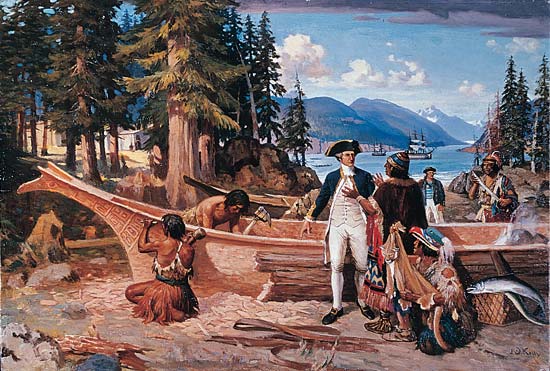
1877 Melbourne, Sports: The first international cricket match in Australia was played at the Melbourne Cricket Ground against England. In those days the MCG was a paddock and not the temple of indulgence it is now.
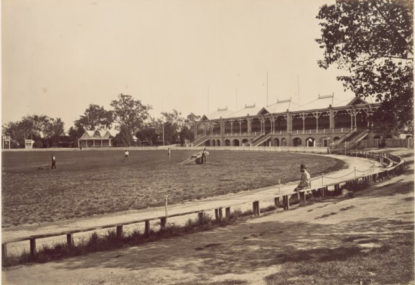
1907 Helsinki, Politics: Finland legislated the vote for women, the first place in Europe to do so. The women below were all elected to parliament in that year. At the time Finland was a Grand Duchy of Russia, and the parliament was strictly advisory, but nonetheless it was a parliament and there were elections with universal suffrage. We enjoyed a few busy days in Helsinki in 2016. A biography of the Greatest Finn, Karl Mannerheim, is discussed elsewhere on this blog.
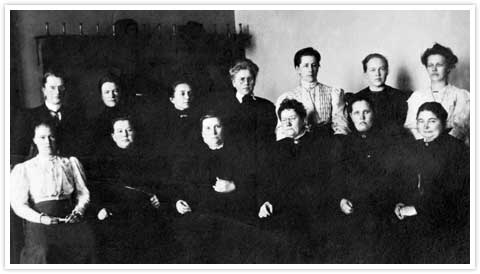
1985 Boston, Technology: Symbolics Computer Corporation registered the first ever domain name: symbols.com. There are a billion roman names now registered and an active market in trading them. Went through the computer museum in Boston about that time.

14 March
1489 Nicosia (Cyprus), History: Venice wrested the island into its empire.
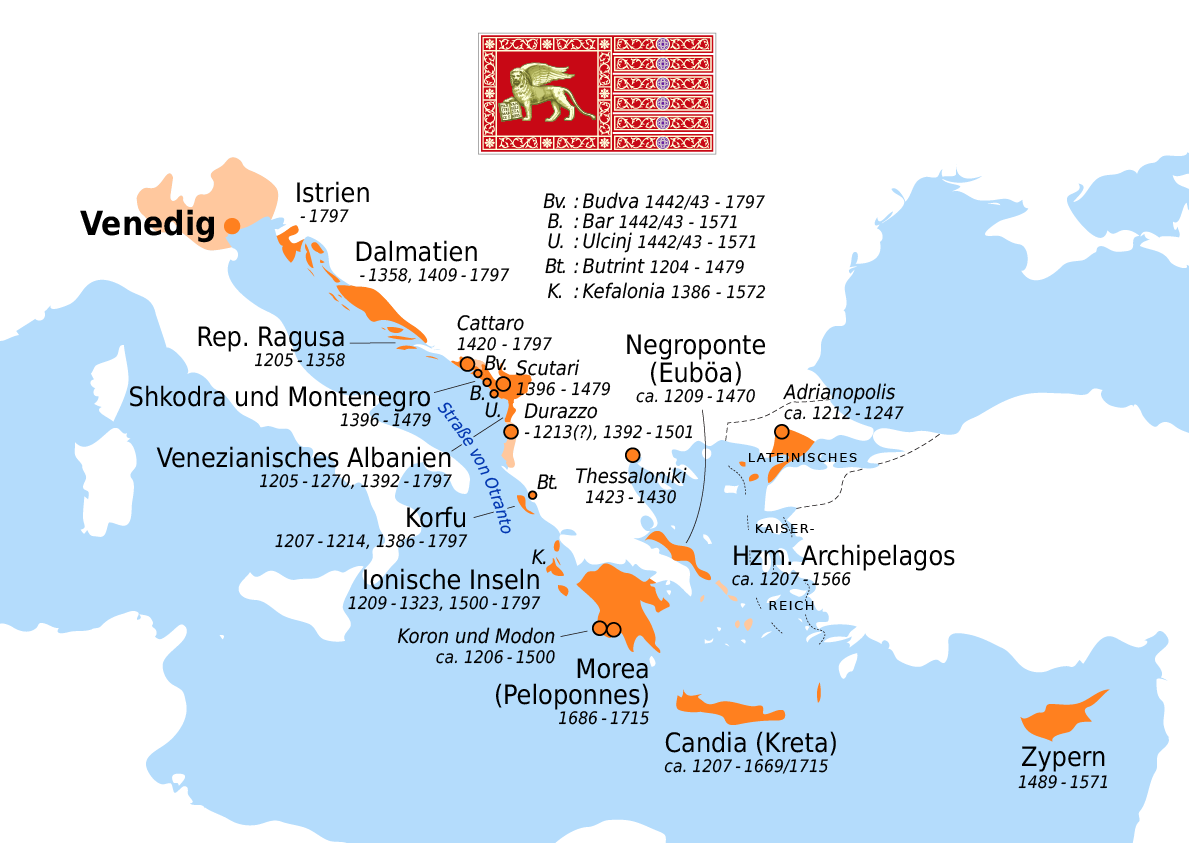
1592 Nerdville, Science: Celebrated as Pi Day because when written in American format of month, date, year, this is 3/14/1592 at 6:53.59 am and pm, which corresponds to the first twelve digits of pi: 3.14159265359. It has two Pi’s on one day! That is overachieving.

1794 Savannah (Georgia), Technology: Eli Whitney patented the cotton gin which made profitable processing cotton on a large scale, leading to the plantation and slave economy of the south. Such was not his intention when he watched kittens playing and transferred the use of their claws to a box in which to clean cotton.
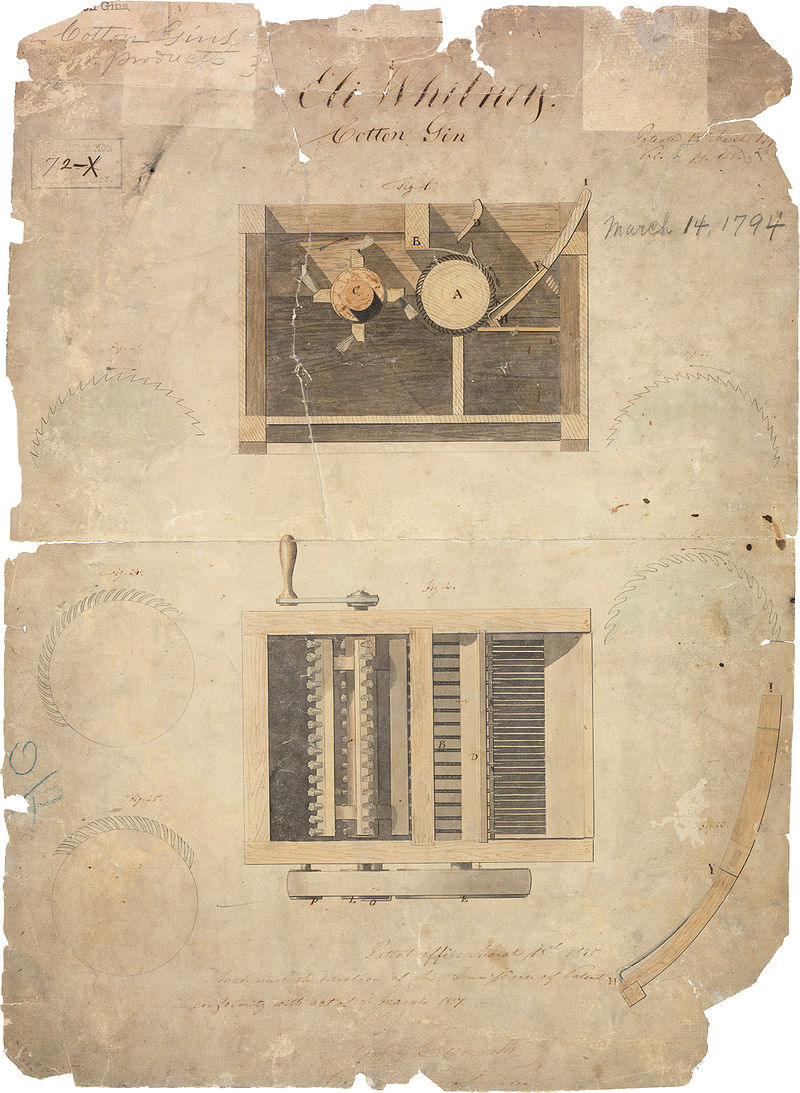
1919 Seattle, Literature: Prolific western writer Max Brand published his first novel, ‘The Untamed,’ about ninety other novels followed. Frederick Faust used twenty-one pen names, but Max Brand was the first one. He was largely an autodidact through reading. He also created Dr Kildare in a dozen more medical thrillers. A war correspondent in World War II, he was killed at Anzio in Italy.
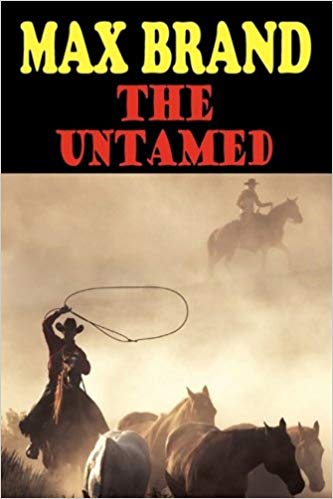
1942 New Haven, Medicine: Drs. Orvan Hess and John Bumstead pioneered the use of penicillin for the first time in treating a patient, Ann Miller, who recovered quickly and lived to be 90.
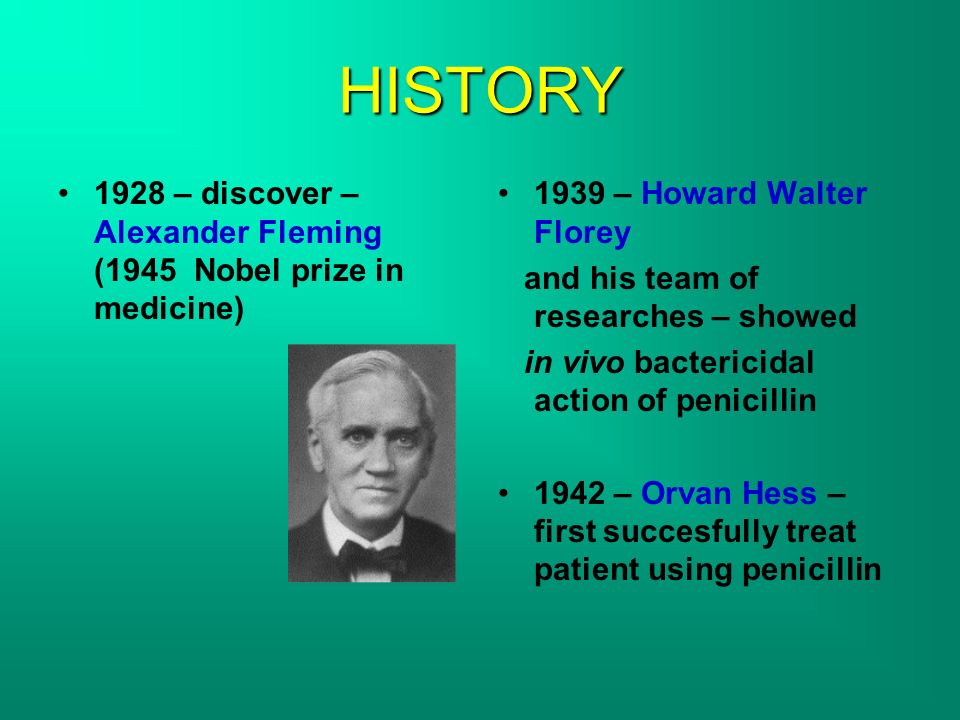
13 March
1781 Bath, Science: Hannover-born, Frederick William and Caroline Herschel espied Uranus. They thought it was a comet for a time. He had built the telescope they used and they spent nine years mapping the stars. During this work, Uranus appeared. It was the first planet discovered since antiquity. It caused a sensation and Fred Bill was soon appointed Court Astronomer and funded for more research. In the daylight hours he was a professional musician on the organ.
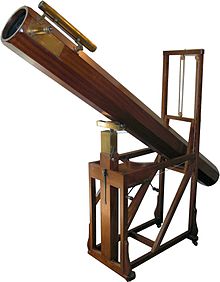
1877 Farmington (Maine), Technology: Chester Greenwood patented earmuffs for cold weather wear. An avid ice skater, to stay on the ice longer at age fifteen he had asked his grandmother to sew fur tufts between loops of wire. Others in Farmington asked for the same thing. He went into business within two years, and for sixty years Greenwood Muffs was the major employer in the region.
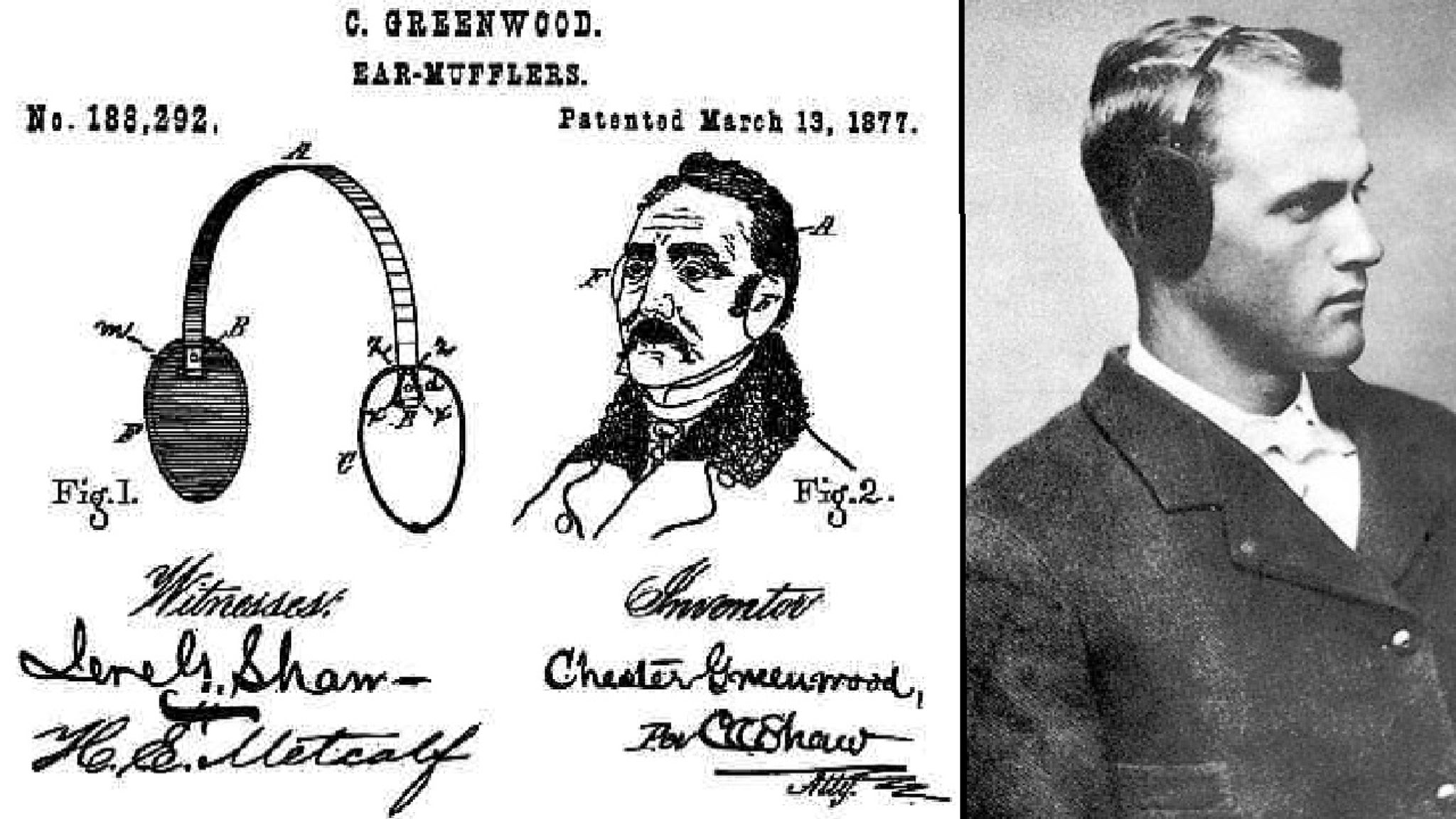
1884 Chicago, Technology: The USA adopted standard time. Until then all time was local, except for railway time, and the train companies, e.g., Penn Central used Allegheny Time, then there was Chicago Time, Columbus Time, Jefferson City Time, El Paso Time, Omaha Time, Ogden Time, and more. Confusion reigned and accidents happened. As early as 1870 a congressman had proposed four time zones, and that later took life when talk occurred of a worldwide time standard based on the Greenwich meridian, long used for ocean navigation. The benefits were many, including better weather forecasts. The heads of the consolidated railroads agreed to five zones for North America. The fifth was Atlantic for the Canadian eastern maritime provinces and Newfoundland. This agreement was commercial, and it was not until 1918 that is was legislated in the United States. There was vigorous opposition at every step by locals who were against for a host of silly reasons, including the fading of the curtains.

1956 Kayenta (Arizona), Entertainment: John Ford’s tale of loss and redemption ‘The Searchers’ was released. It has a claim to being the greatest Western movie. Martin Scorsese called it a poem of hate. Replete with Ford touches, sublime and ridiculous. Most of all, starring Monument Valley and the Grand Tetons. Largely filmed near Kayenta in Arizona. I watched it on the wide screen at Dendy a couple of years ago and discussed it on a post elsewhere on this blog.
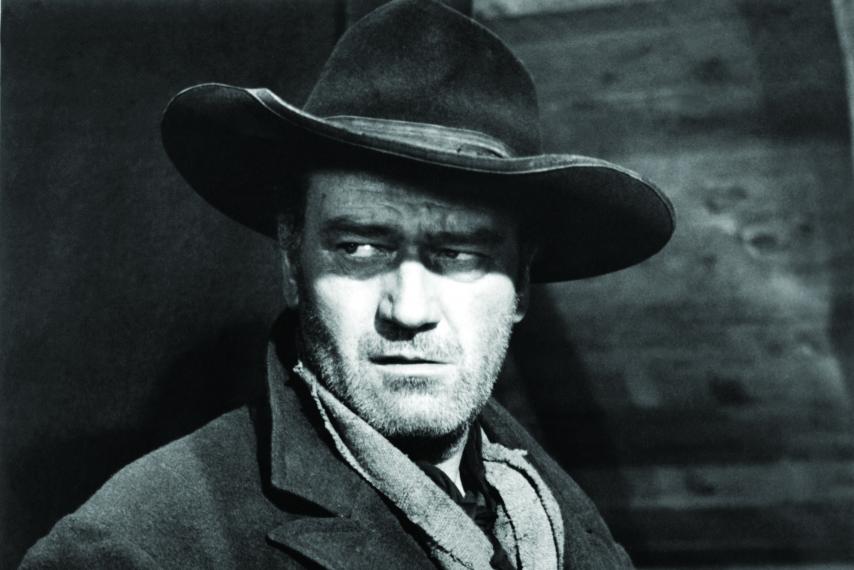
2012 Chicago, Education: Encyclopaedia Britannica announced that it would no longer publish paper volumes. It has been edited and published in the United States since 1901 but has continued to use British spelling and punctuation rules. Precious or what? Over the years I have met a couple of scholars who wrote entries for it and I was impressed by the skill with which they compressed complex subjects into short entries. The old adage applied: A short essay is harder to write than a long one.

12 March
1901 New York City, Education: Andrew Carnegie gave the City $USD 5.2 million to build branch libraries.Forty-one were built. He once said that in ‘a library is the best society the world offers for there are the great and the good.’ Today that sum would be in the order of $USD 154,000,000. Match that Bill Gates! By the way, Carnegie funding built 1,687 libraries in the United States, including the one I grew up with Hastings on the Platte.
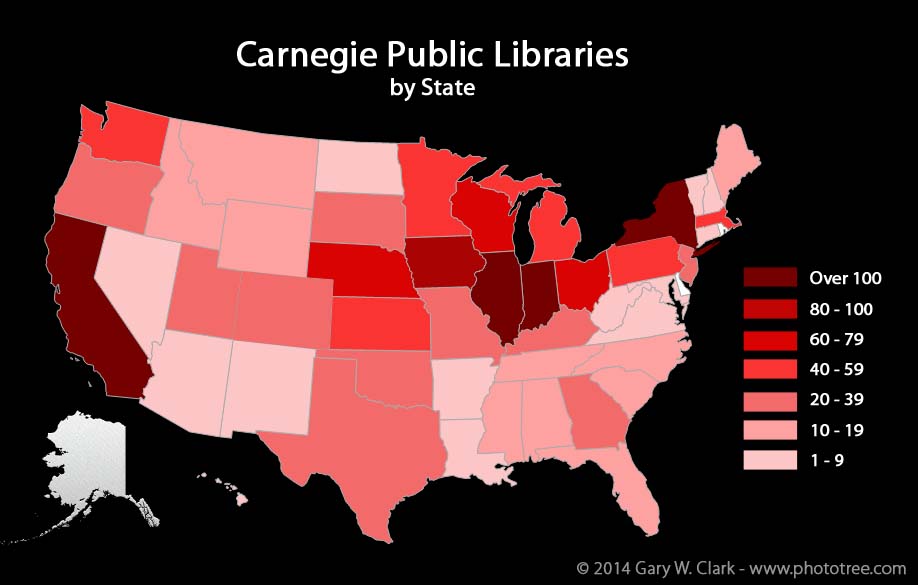
1921 Perth, Politics: Edith Cowan of Geraldton was elected to the Legislative Assembly of Western Australia, making her the first woman in an Australian parliament. After serving as magistrate in the Perth Children’s Court for nearly twenty years, she had defeated the incumbent Attorney-General in the constituency of West Perth. She appears of the sunbaked Oz $50 note.
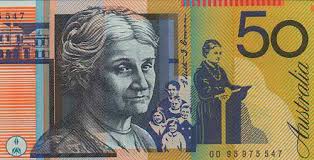
1933 Washington, D.C., Politics: Eight days after inauguration, President Franklin Roosevelt gave the first fireside chat over the radio, and turned it into a political instrument. Over twelve years, he did just thirty of these talks, but each attracted a vast audience. Often the single radio in a community was tuned in for the whole population. His manner was relaxed, simple, and direct. The term ‘fireside chat’ was coined by a journalist describing the effect of the broadcasts on listeners. Specimens can be found on the Library of Congress web site.
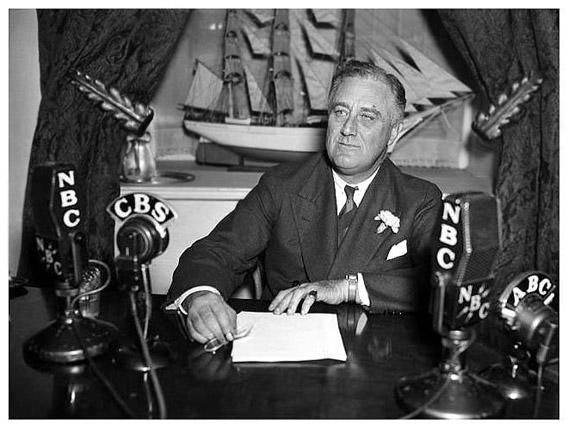
1968 Concord (New Hampshire), Politics: Poet and Senator Eugene McCarthy astounded pundits, and perhaps himself, with 42% of the vote in the state’s Democratic primary against incumbent President Lyndon Johnson who won with 48%. It was humiliating victory and in just over two weeks Johnson withdrew before the next primary occurred.
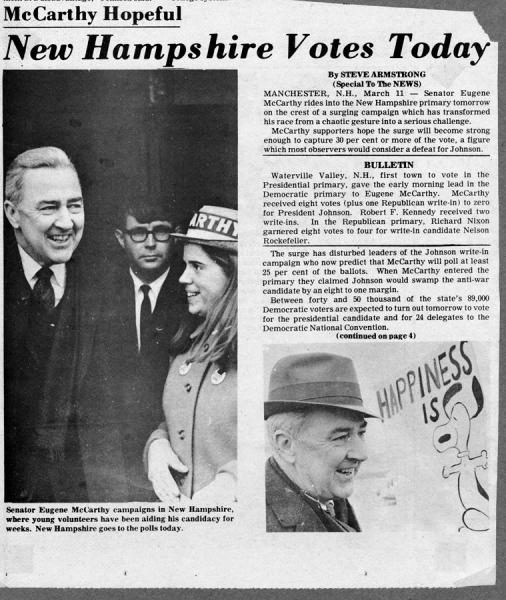
1999 Warsaw, Politics: One time cornerstone member of the Warsaw Pact, Poland joined NATO. Other Warsaw Pact members followed in quick succession and with neither a bang nor a whimper the Warsaw Pact disappeared. Who would have thought that in 1988? The green on the map represents the Warsaw Pact in 1990 just before the fall of the Berlin Wall.

11 March
1789 Washington, D.C., Politics: Pierre Charles L’Enfant began to layout the District of Columbia. Among the surveyors who worked closely with him was Benjamin Banneker, a free black man from Baltimore. While Enfant’s name is everywhere in DC, Banneker is all but forgotten. There is an entry for Banneker on Wikipedia which seems to be contested in the culture wars.

1818 London, Literature: Mary Shelly at age twenty-one published ‘Frankenstein, or, the Modern Prometheus.‘ It is credited as the first science fiction novel. While the creature is gentle and intellectually gifted, he is hideous in appearance and then as now appearance is all. Pitchforks, anyone?
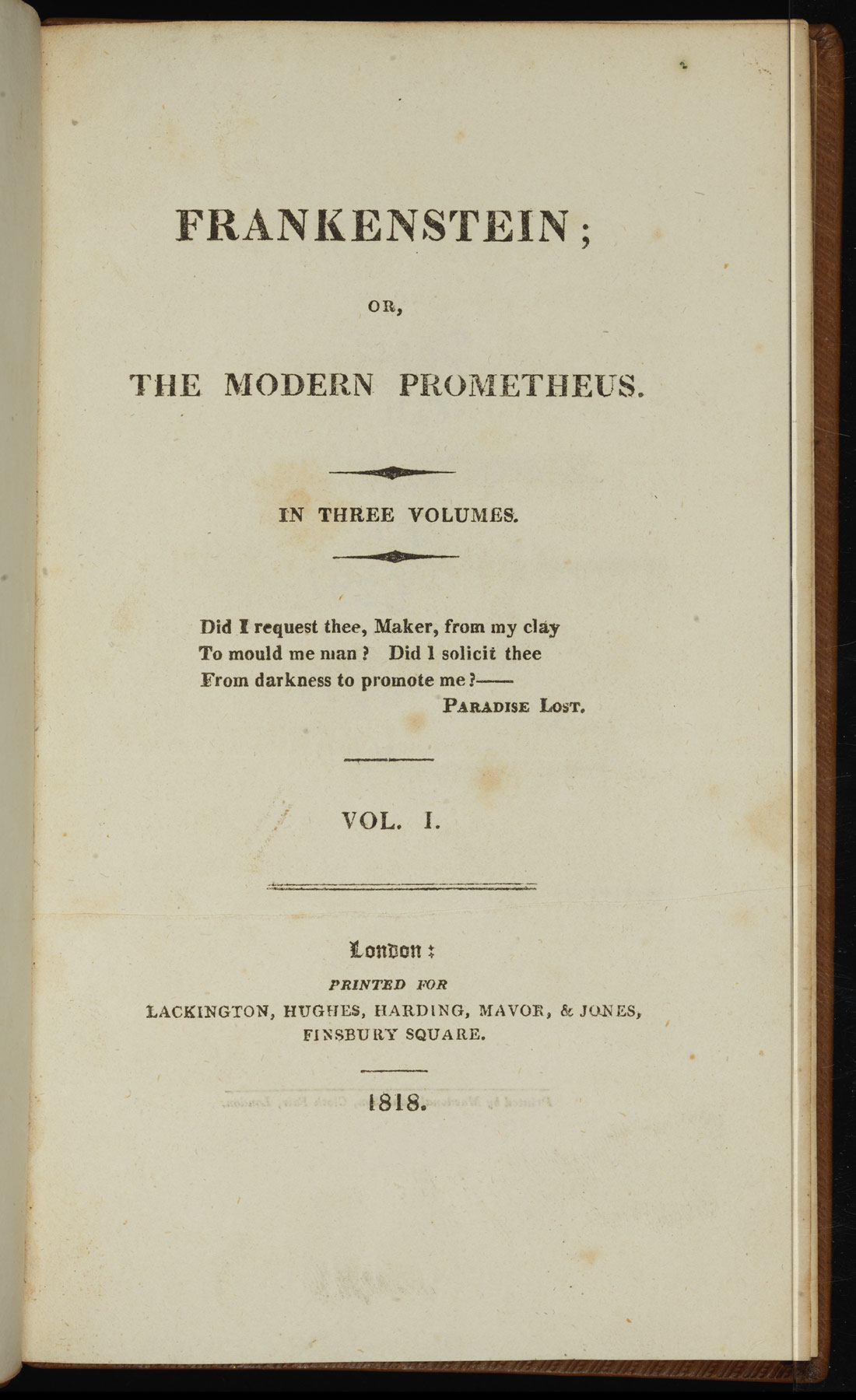
1893 Buenos Aires, Music: Carlos Gardel arrived in Argentina, a babe in arms. A baritone, he become the single most famous exponent of the songs of the tango. The dramatic phrasing of his lyrics made miniature masterpieces of his hundreds of three-minute tango recordings. Many tango tunes were written specifically for him. He had started his career by singing on street corners, cafes, bars, and private parties. In 1944 while on tour, he was killed in a plane crash, and Buenos Aires went into mourning for a week. There are recordings on the Wikipedia entry. Carlos Saura’s insightful history of Argentina called ‘Tango’ (1998) features Gardel’s songs.

1918 Moscow, Politics: To leave behind the Tsarist heritage, the new revolutionary government declared Moscow once again the capital of Russia. There was also concern that St Petersburg was vulnerable to attack from the sea by the foreign powers supporting the Whites.

1935 Ottawa, Economics: The Bank of Canada began issuing paper money in matching unilingual forms, some in English, some in French. As remains true of much in Canada, the French and the English are seldom on the same page. Some sources say the Canadian dollar went into use a little later.
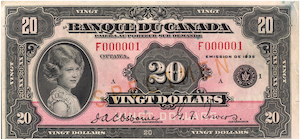
10 March
1697 St Petersburg, Politics: Tsar Peter the Great began his incognito tour of Western Europe, though how a 6’ 9” Russian-speaker could travel in disguise is anyone’s guess. The image below puts an effigy of Big Peter next to his personal physician. A biography of Big Pete is discussed elsewhere on this blog for those few seeking enlightenment.
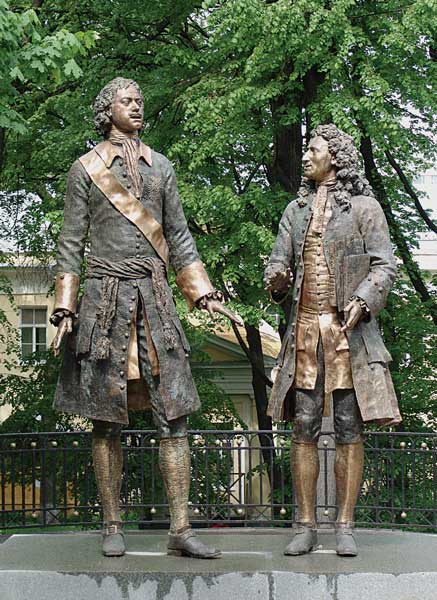
1788 Botany Bay, History: French explorer Jean-Francois La Perouse sailed away never to be seen again. In earlier discussions with an officer of Governor Phillip’s first fleet, La Perouse had given over his journals and letters to be sent back to France before he left Botany Bay for further exploration into uncharted waters. After a six week re-fit in Botany Bay his ships La Boussole and L’Astrolabe left. Wreckage discovered in 1964 indicated they had been destroyed in a cyclone in the Solomon Islands. There is a nice little museum about his explorations at La Perouse in Sydney. Been there seen that.
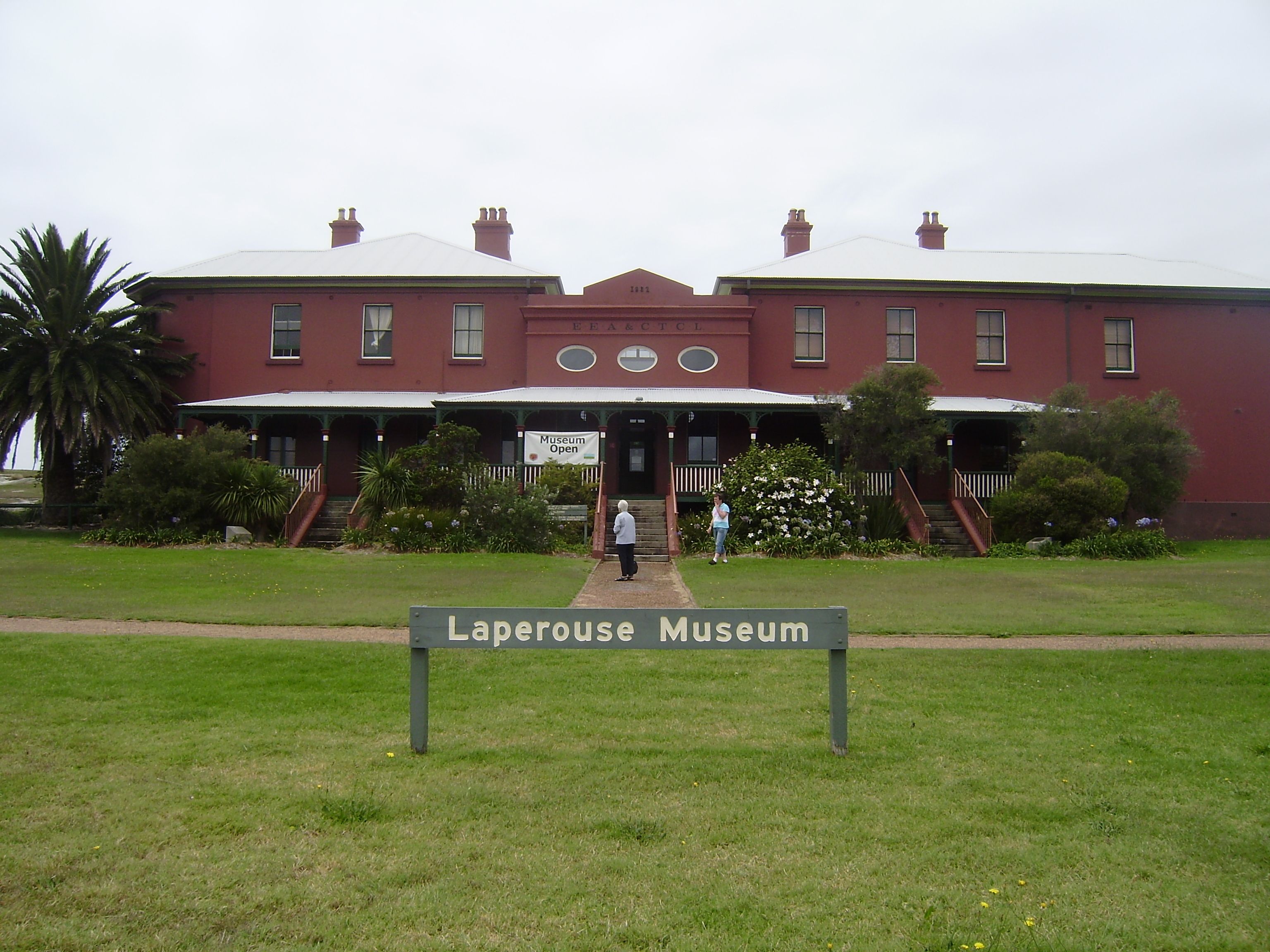
1901 Cleveland, Technology: Typewriter salesman Harry Gammeter patented a multi-graph duplicating machine shown below. Made much use of such an ink-stain spreader at one time.

1926 New York City, Literature: The Viking Press published the first Book-of-the-Month Club title, Sylvia Warner’s ‘The Loving Huntsman.’ It is a satirical comedy of manners incorporating elements of fantasy in which a middle-aged spinster moves to a country village to escape her controlling relatives and takes up the practice of witchcraft. The founders wanted to promote new books by selling them cheaply on subscription on the strength of a standard brand. It worked and went from 4000 subscribers to 550,000 in twenty years though the Great Depression hit it, too. Being selected as a book of the month made a title a commercial success, and still does in the e-book age.
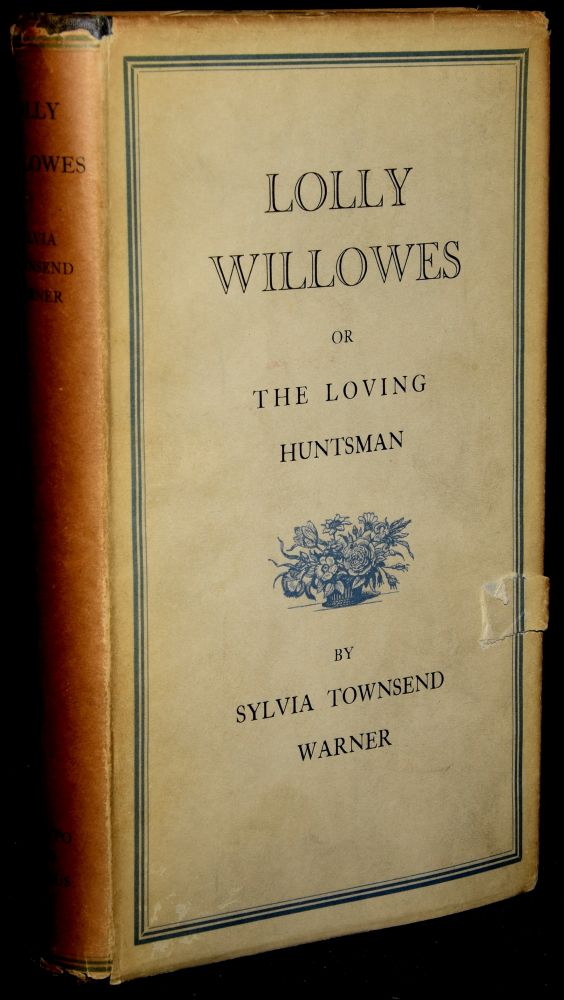
1997 The PalmPilot went on sale. I had one when it was at the cutting edge, well, it did not cut anything but it was the latest thing at the time.

9 March
141 BC Peking, Politics: Emperor Wu of the Han dynasty assumed the throne and stayed there for fifty-four years. Tranquility was his practice and program.
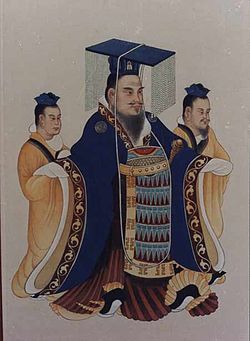
1776 Edinburgh, Society: Adam Smith published ‘The Wealth of Nations.’ In time it became the foundation of economics as a social science and has remained in print since that time: More often cited than read even by members of the Adam Smith Society. Did the ‘invisible hand’ therein lead to the invisible man? Only H. G. Wells knows for sure.
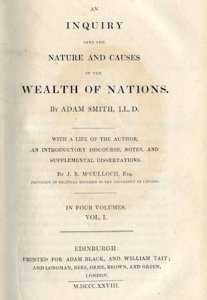
1831 Oran, History: The Légion étrangère was created by merging Swiss and German regiments in the French Bourbon army. The ordinance of establishment specified that foreigners must serve outside France, and that started in Algeria. Even to this day recruits swear allegiance to the Légion and not to France. Its place in legend is greater than its place in history. In 1939 some veterans of the International Brigades saw in the Légion a further chance to fight fascism. Later several regiments of the Légion readily joined the Free France cause in 1940 and proved instrumental at Bir Hakeim in North Africa. There is a very lengthy entry on Wikipedia, and for those interested an official web site for volunteers.
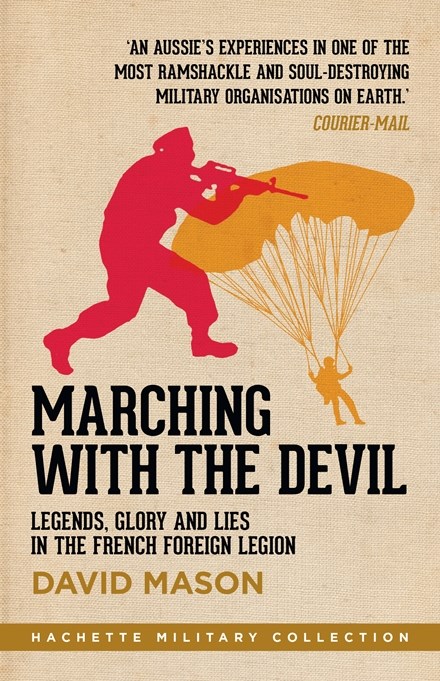
1841 DC. The Supreme Court, convinced by the arguments of counsellor John Quincy Adams, ordered the release of the survivors of the Amistad mutiny. President Martin van Buren had them imprisoned to woo the pro-slavery votes that he would need for re-election. They sued for relief, and former President John Quincy Adams took the case pro bono for he had always been an abolitionist. Although seven of the nine justices were from Southern States, such were the facts and argument that they found 7-1 for release with one abstention. A biography Quincy Adams is discussed elsewhere on this blog. He was no orator but he was devil for detail.
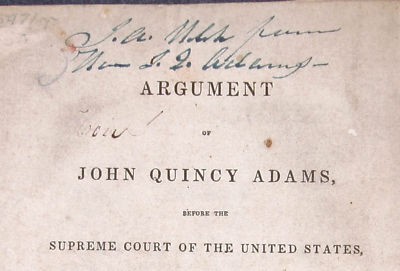
1959 New York City, Popular Culture: The eleven inch tall Barbie Doll first went to display at the American Toy Fair. She was the first mass-produced doll with adult features in the United States. Creator Ruth Handler named it after her daughter Barbara. Barbie’s costumes have given her a number of careers from doctor, pilot, stewardess, astronaut, athlete, banker, and more. The Mattel Corporation claims that 800 million have been sold. Other web sites give an even larger number. A mint condition 1959 example as pictured below sold for $27,450 in 2016. Check the attic!

8 March
1884 Washington. D.C., Politics: Susan Anthony testified before the House Judiciary Committee on the Sixteenth Amendment to prohibit states from disenfranchising any citizen on account of sex. It was the sixteenth time she had appeared before a Congressional Committee to argue that case. When, years after her death, the Sixteenth Amendment became the law of the land, Oscar Underwood, majority leader in the House of Representatives, called it the Anthony Amendment. This is the same Underwood, Democrat from Alabama, who steered President Woodrow Wilson’s nomination of Louis Brandeis through the anti-Semitism of the time, and once went to the seat of Ku Klux Klan during its convention to denounce it. A biography of Underwood is discussed elsewhere on this blog.
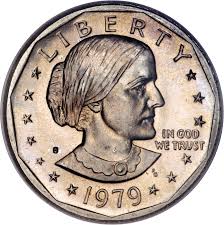
1935 New York City, Literature: Thomas Wolfe published ‘Of Time and the River,’ the sequel to ‘Look Homeward, Angel’ (1931). At 6’ 5” Wolfe wrote standing up using the top of an icebox as a writing surface and produced the manuscript for this book which ran to 10,000 pages. Maxwell Perkins edited that gargantua into 500 pages. The book combined the talents of two geniuses. Wolfe is pictured below with the wooden crates containing the manuscript.
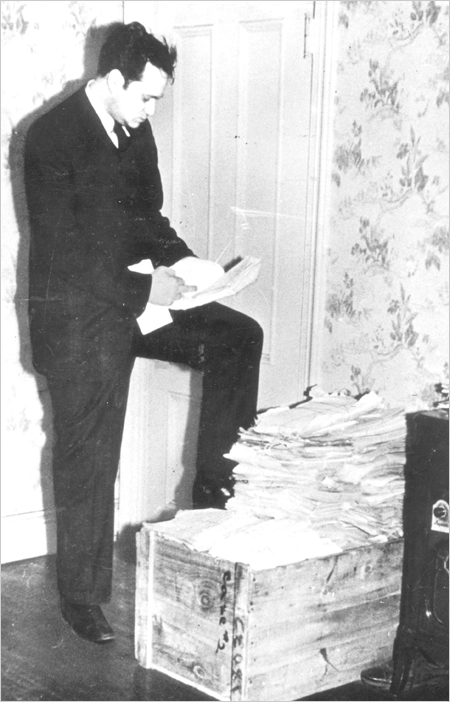
1950 Wolfsburg (West Germany), Technology: The Volkswagen corporation began production of the microbus, called the VW Type 2, or the Transporter, which became an icon of the Counter-Culure in the next decade, when appropriately decorated. It was sometimes called the Combi to refer to its combined use or Splittie for its split windscreen. Ridden in many.

1976 Jilin (China), Science: A meteor weighing 1,174 kilograms along with hundreds of other smaller rocks landed in northern China. Some rock. It is now housed in a museum.
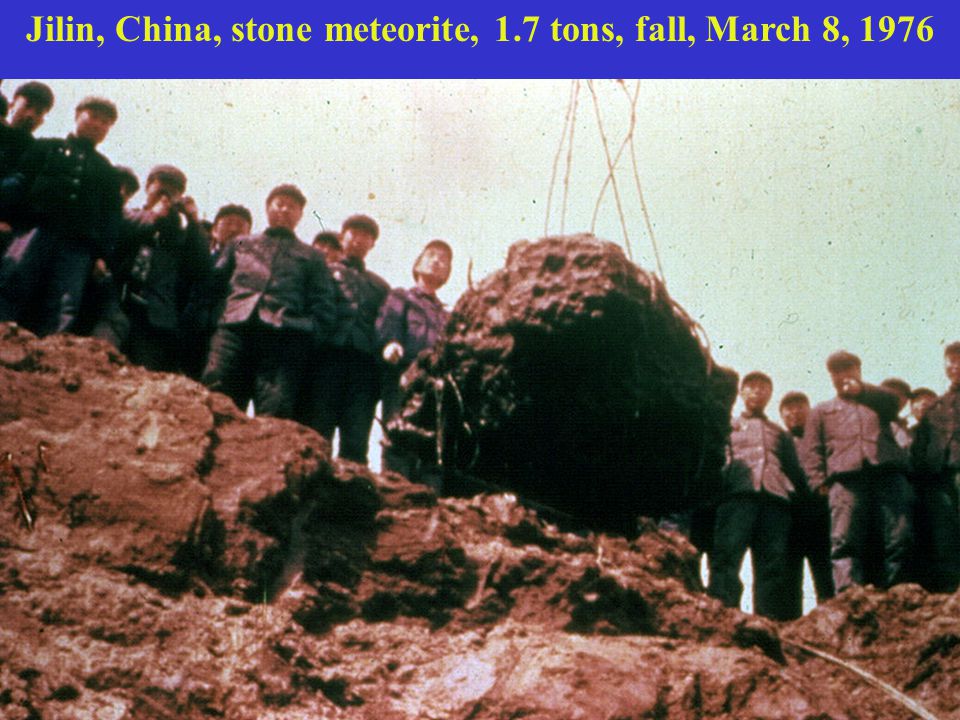
1979 Eindhoven, Technology: The Compact Disc developed by Phillips was demonstrated at a press conference. It went on sale in 1982. The first specimens were to store and play audio (CD-DA), then later adapted for data (CD-ROM). The evolution continued to video. At the time a CD held much more data than the hard drive of a main frame computer. Sony was also in this race and within a year Phillips and Sony pooled resources.

